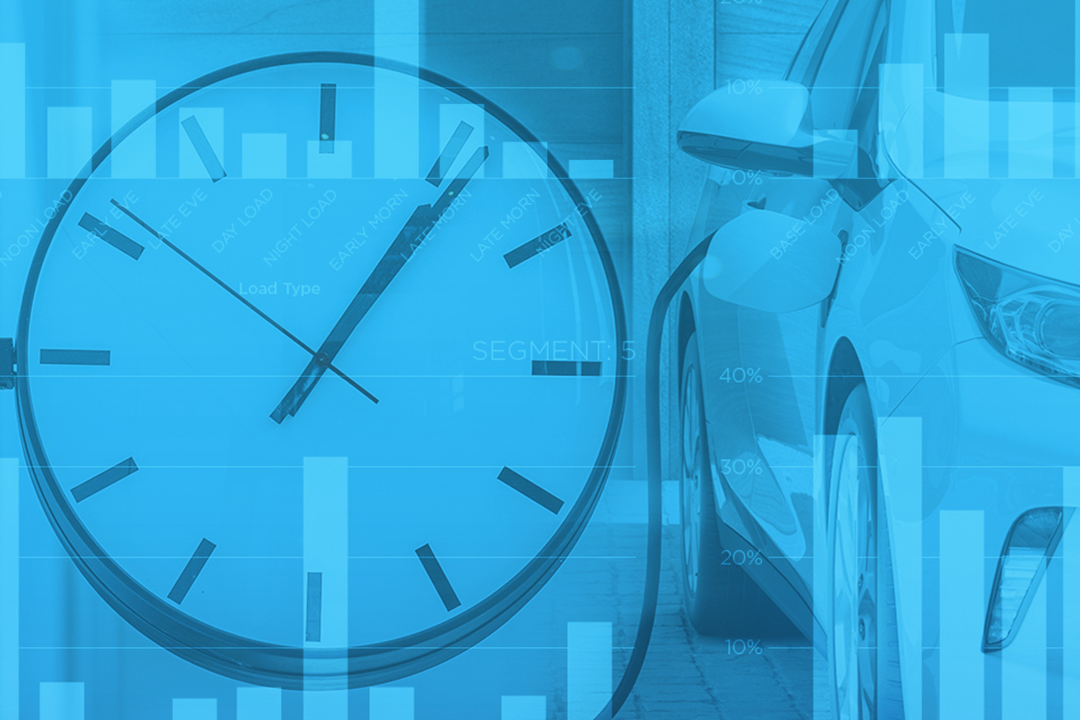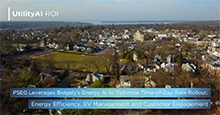Join us for a webinar on Oct 10 to learn how Bidgely is "Empowering Utilities with GenAI:
A Guide to Enhanced CX and Grid Management". Register here.


This urgent need to shift load is one of the major factors driving the transition from flat, volumetric rates to time-based residential rate structures that incentivize consumers to align their energy use with times of greatest supply and lowest cost generation.
When executed well, time-of-use (TOU) rates improve system utilization, reduce peak demand, and boost customer experience (CX) by empowering consumers to take charge of their energy costs and save money.
Though the promise is great, at the same time, the transition to time-based rates is complicated.
Consumers have paid a flat rate per kilowatt hour for electricity for decades. Changing to new rate structures can inadvertently lead to confusion and bill increases — which undermine CX and consumer trust in the utility.
With so much at stake, future-ready utilities are leveraging household energy use data analytics to inform their time-based rate design, rollouts, and ongoing management to avoid potential pitfalls and realize greater grid and CX benefits.
In an era of accelerating beneficial electrification, electric vehicle TOU rates are one of the most compelling emerging time-based rate use cases.
For many electric vehicle drivers, the ability to save money on fuel was one of the most significant drivers in their decision to buy an EV.
EV TOU rates provide EV owners with a way to amplify their fuel savings by charging their vehicles during off-peak hours when energy is the least expensive. In this way, utilities are in a position to offer EV-driving customers TOU rates that maximize fuel savings, which can translate into a big CX boost. And, at the same time, enthusiastic driver participation in EV TOU rates enables utilities to effectively shift load to avoid EV-related grid strain.
Bidgely’s advanced AI technology and AMI analytics provide utilities with the customer-specific vehicle insights they need to personalize each consumer’s TOU rate journey, making it a positive experience from initial enrollment through long-term participation:
1) Leverage Disaggregation as a Strategic EV TOU Input
As with any TOU rate, AI-powered disaggregation detection and insights should be the foundation for time-based EV rate design.
Bidgely’s smart meter energy intelligence reveals which customers have purchased an EV, when they are charging their vehicle, and what equipment they’re using to do so.
Leveraging these insights enables essential granularity of customer segmentation and price-differentiated periods, with rate structures tailored to a wider variety of EV-driving customers with distinct demand profiles.
2) Personalize Recruiting and Onboarding
As a fundamental customer engagement strategy, Bidgely’s EV Solution provides EV drivers with personalized monthly summaries of their EV charging habits and spending, including personalized tips to optimize their charging.
This ongoing collaborative engagement serves as an ideal time to promote TOU rate plans to those EV users who are not already enrolled.
Promoting and recommending the adoption of EV TOU rates requires that customers 1) understand the mechanics of a TOU rate and how it works; 2) understand how, based on their unique historical load and consumption habits, they could save money compared with their current rate; and 3) understand whether achieving the forecasted savings will require changes in current EV charging behaviors. Customers are more likely to opt into a time-varying EV rate plan when the advantages of doing so are explained in specific and relevant terms – with personalized targeting rather than mass marketing — including calls to action that are customized with personalized savings potential based on each customer’s vehicle, charging equipment, and charging requirements.
Customers who receive this type of rate education are most likely to want to participate in TOU rates and remain engaged, ultimately contributing more significant peak-time reductions immediately and over time.


3) Provide Ongoing Personalized Coaching
The more EV customers embrace time-varying rates, the greater the gains in grid management, costs to serve, customer savings, and customer experience outcomes. But as with any new experience, EV drivers need coaching to make sure they are using their EV TOU rate effectively to achieve maximum load shifting and savings. As with program recruitment, one-on-one engagement makes coaching more effective.
Bidgely’s EV solution includes a wide range of continuous coaching tools, such as monthly bill projections, budget alerts, and weekly reports to track usage trends and avoid high bill surprises.
In addition, Bidgely’s peak alerts provide EV drivers with immediate corrective feedback on negative charging behavior, letting customers know in the moment exactly how much more they paid for the on-peak charge versus an off-peak charge. These specific dollar figures are useful to both prevent high bills as well as encourage the customer to shift charging in the future.
Bidgely’s self-service TOU rate research tools provide another essential means for customers to better understand how to optimize their EV charging behaviors. Energy activity maps provide easy-to-interpret graphs that track energy usage during peak and off-peak hours by time of use and duration. This visual representation of energy usage is a powerful way to build customer understanding as to how their charging habits equate to energy costs, and what steps they can take to achieve the greatest TOU benefit.
Precise, accurate, and timely engagement empowers drivers to optimize their TOU plan fully and derive the most advantage, while simultaneously delivering the greatest grid benefit.
4) Evaluate and Optimize
New rate designs can sometimes have unintended outcomes, highlighting the importance of real-time monitoring of their impact.
Conducting AMI-data-based analyses of existing EV rate plan outcomes can serve as an essential tool to understand how customers are responding to the new prices and to evaluate the need to change or modify EV rate designs.
Understanding how user behavior is changing compared to a control group or even compared to a customer’s baseline can build a powerful understanding of what strategies are working.
Analyzing EV charging patterns on an ongoing basis enables utilities to responsively refine rate design to maximize energy savings for both the utility and the customer.
The promise of TOU rates to improve system utilization, reduce peak demand, and lower consumer costs is significant, but the transition necessary to achieve and continue to realize that promise is complex and requires a solid data foundation.
Bidgely’s patented data science for electric vehicles and other appliance-level grid insights enables personalized customer engagement and understanding that improves the long-term success of TOU rate programs.
To help utilities maximize the value of their AMI data to achieve TOU transitions, we’ve developed a Leveraging AMI Data for Successful Time-Based Rate Implementation playbook that outlines how to put energy intelligence to work to improve new rate structure development and implementation, including:
To explore more best practices for EV TOU and other time-based rate implementation, download your copy today.

Ai is still evolving and may not be perfect. Always verify important details for accuracy.

